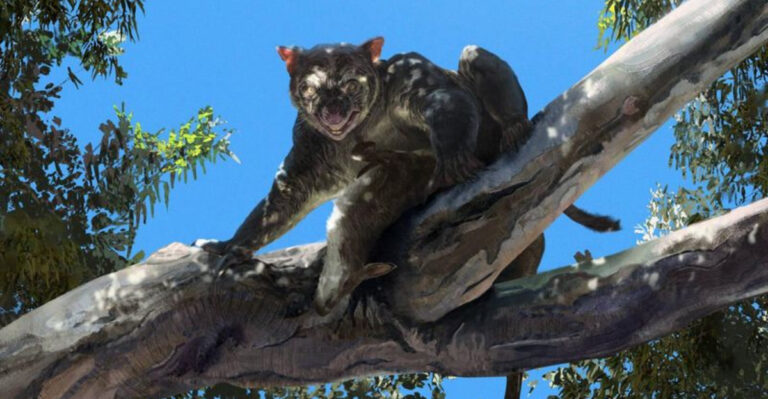Scientists Find Lifeform They Can’t Yet Identify

Hidden in the world’s most punishing deserts, scientists have stumbled upon something extraordinary. Strange tube-like structures embedded in ancient rocks defy explanation by known geological processes.
These mysterious formations could be evidence of an entirely new type of organism, challenging everything we understand about life on Earth.
1. Strange Tubes Found In Desert Rocks
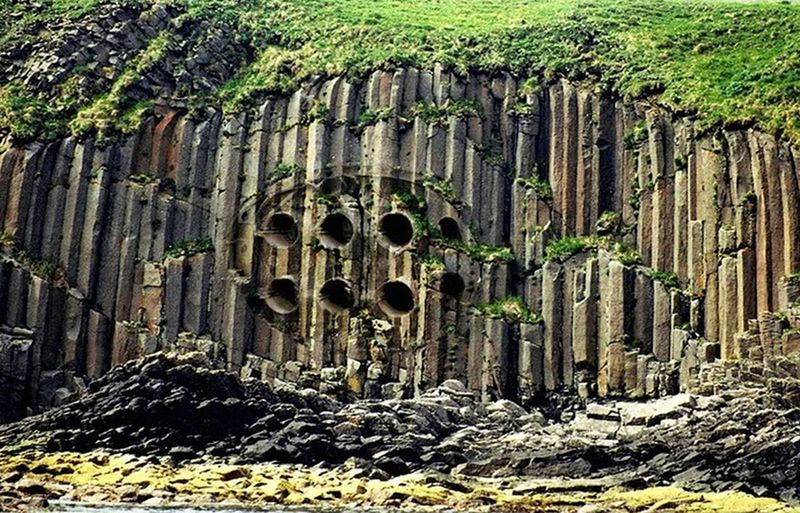
Nestled within million-year-old desert rocks, bizarre tubular structures have left researchers scratching their heads. These aren’t ordinary fossils or mineral formations.
Unlike anything previously documented, they display consistent patterns that seem almost engineered rather than random. Some tubes connect to form networks, while others stand alone like ancient sentinels.
2. Structures Located In Namibia, Oman, Saudi Arabia
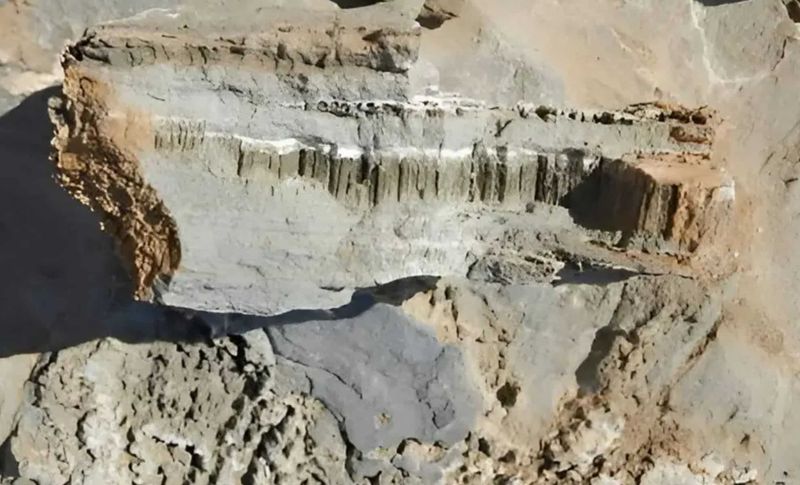
What makes this discovery even more perplexing? These identical formations appear in deserts separated by thousands of miles. From Namibia’s scorching sands to the harsh landscapes of Oman and Saudi Arabia.
This global distribution suggests they aren’t a localized anomaly. How could the same mysterious structures develop independently across such vast distances?
3. Patterns Discovered In Ancient Limestone And Marble
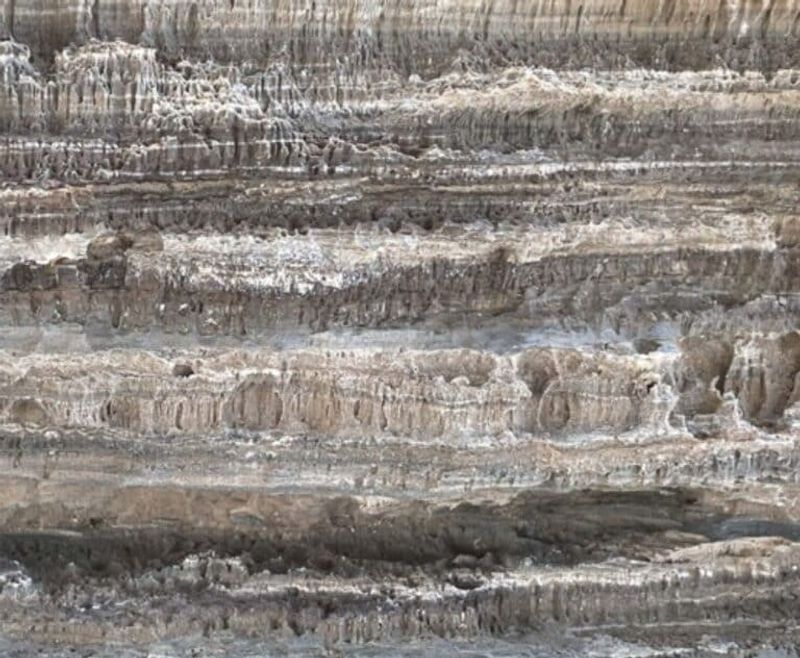
The mystery deepens with the discovery environment – these tubes aren’t found in just any rock. They specifically appear in ancient limestone and marble formations dating back millions of years.
Both rock types form from organic material deposits over enormous time spans. Could these patterns represent an ancient life form that thrived before recorded history began?
4. Tubes Are Too Regular To Be Random
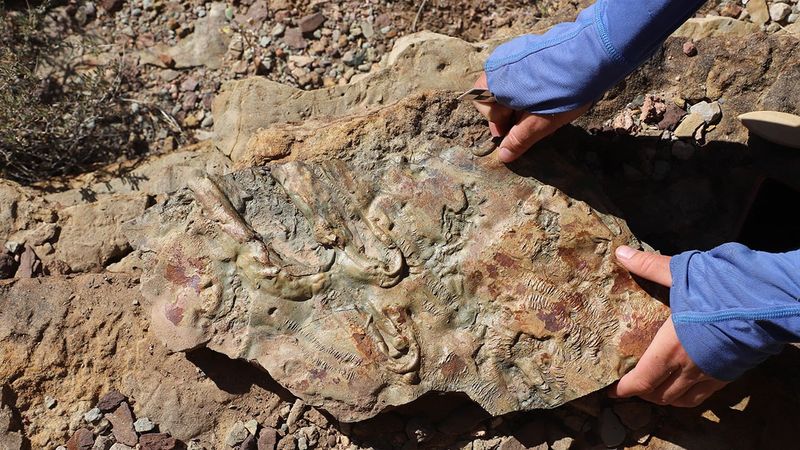
Mathematics confirms what scientists suspected – these formations aren’t random. Statistical analysis reveals precise spacing and diameter consistency that defies chance.
The tubes maintain nearly identical dimensions throughout different samples. Such regularity rarely occurs naturally without biological influence, leading researchers to believe they’re witnessing evidence of organized growth patterns from something once alive.
5. No Known Geological Process Explains Them
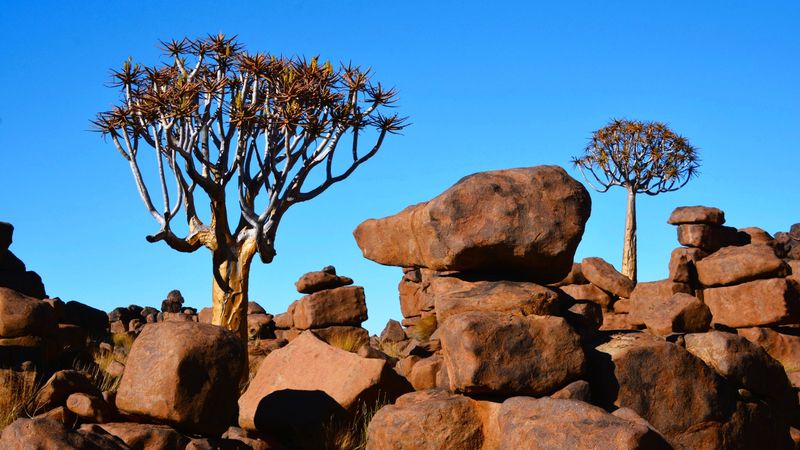
Geologists have exhausted every known natural explanation. Water erosion, mineral precipitation, and crystallization processes simply can’t account for these structures.
The formations lack the chemical signatures of common geological phenomena. Even volcanic activity leaves different traces than what scientists observe here. This absence of explanation points toward something entirely new to science.
6. Possible Signs Of Unknown Lifeform

The most exciting theory? We’re looking at traces of an entirely unknown type of organism! These structures contain carbon compounds typically associated with biological activity.
Microscopic analysis reveals cell-like compartments within the tubes. Yet they match no known bacteria, fungus, plant, or animal classification. They represent a potential new branch on the tree of life.
7. Found In Earth’s Harshest Desert Environments
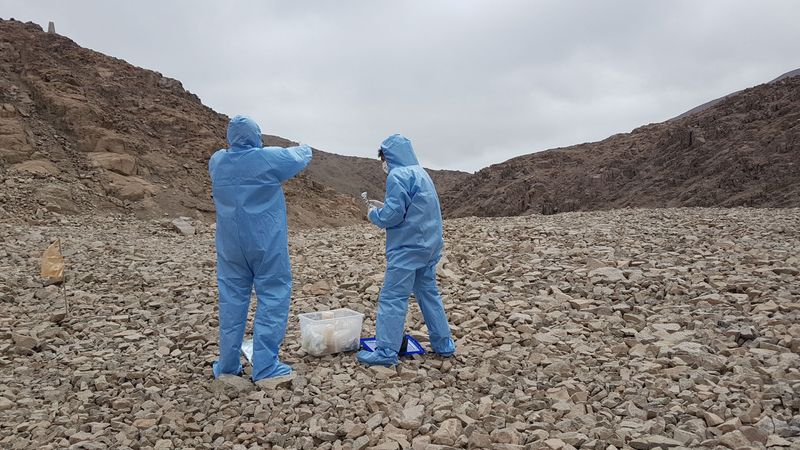
Why would these potential organisms thrive in such brutal landscapes? The extreme desert locations might hold the key to understanding their nature.
These harsh environments receive intense solar radiation and temperature swings. Perhaps these conditions weren’t obstacles but necessities for these life forms. Their presence suggests life might flourish in places we once thought impossible.
8. Scientists Unsure If Biological Or Geological
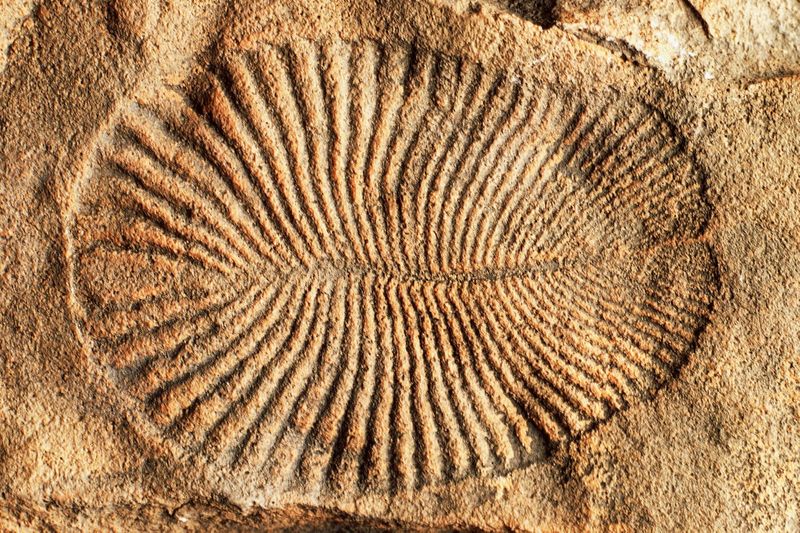
The scientific community remains divided on classification. Are these truly biological remains or some unprecedented geological anomaly?
Research teams worldwide are applying cutting-edge techniques to solve the puzzle. DNA analysis attempts have yielded inconclusive results. If biological, these structures might represent an entirely different biochemistry than what science currently recognizes.
9. Discovery Sparks Global Scientific Curiosity
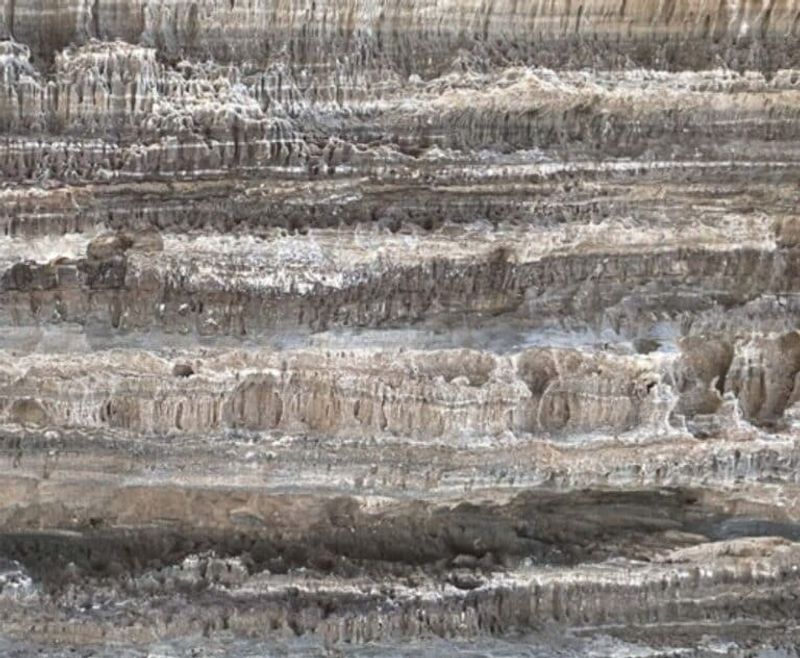
Researchers from dozens of disciplines have flocked to study these enigmatic formations. Biologists, geologists, chemists, and even astronomers bring unique perspectives to the investigation.
Universities worldwide have launched collaborative research initiatives. The mystery has reinvigorated interest in unexplored corners of our planet, reminding us how much remains unknown even on our home world.
10. May Represent Completely New Type Of Organism
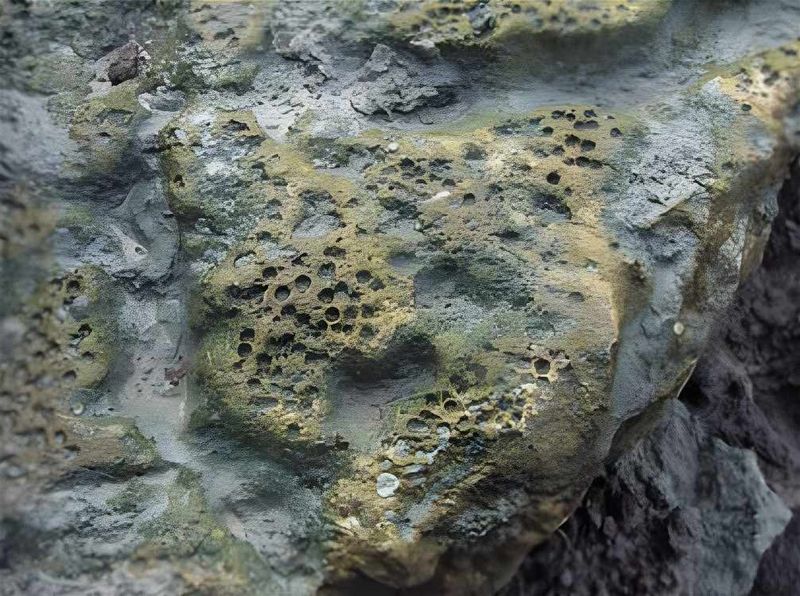
If confirmed biological, these structures would revolutionize our understanding of life itself. They potentially represent an entirely separate evolutionary path from all known organisms.
Some researchers propose they might constitute a fourth domain of life beyond bacteria, archaea, and eukarya. Others suggest they could be evidence of shadow biospheres – parallel forms of life sharing our planet yet remaining undetected until now.

